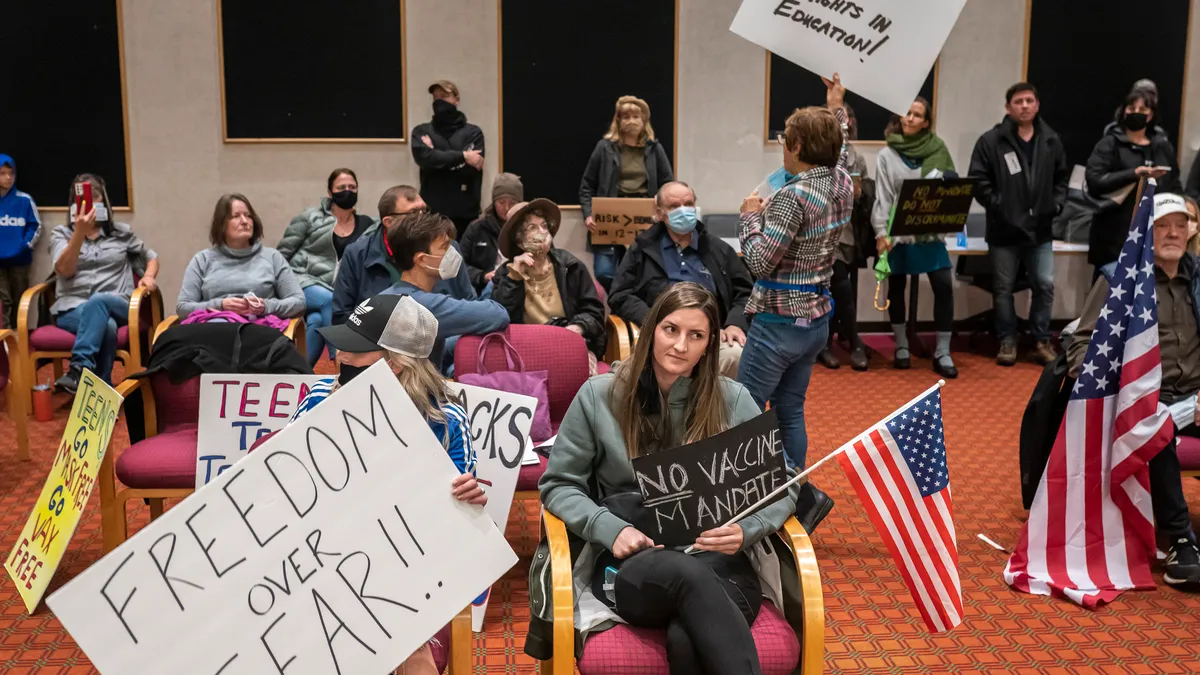Dive Brief:
- A new research review released through the National Bureau of Economic Research, written by Northwestern economist Kirabo Jackson and focusing on 13 studies published between 1997 and 2018, supports the idea that spending more money on education has statistical benefits for students, Chalkbeat reports.
- Jackson’s results found that 12 of the 13 studies published between 1997 and 2018 support the case for increased spending, mirroring those of other recent research reviews but contrasting with a 1997 study conducted by Stanford economist Eric Hanushek, who often testifies on the issue in court and has influenced policy decisions for years. His review found only 27% of studies used show statistical gains from increased school spending.
- However, both Jackson and Hanushek agree that the value of the money spent on education largely depends on how that money is spent.
Dive Insight:
The question of whether more money truly impacts educational outcomes has been debated for decades and depends largely on the studies used and the nature of those studies. A 2014 study by the CATO Institute found no link between school funding increases and student achievement. A 2012 study by State Budget Solutions reached a similar conclusion, as have state studies in Michigan, Mississippi and Minnesota. According to the Chalkbeat article, other state studies have produced different results.
The issue is important because it impacts so many state and federal policy decisions. It is also complicated by the fact that states vary greatly in the amount of per pupil spending, and their test scores don’t always correlate with these spending factors. Studies and reviews also differ widely in relation to source material or data used and the way certain socio-economic and other factors are accounted for in the studies.
What seems consistent is the notion that students are not getting adequate access to the materials and resources they need, and that the value of educational funding depends almost entirely on how it is spent. In many cases, school districts use the money to inflate administration. A chart published by the Friedman Foundation for Educational Choice notes that the number of students in U.S. public schools grew 96% from 1950 to 2009 while the number of teachers grew 252%. Astoundingly, the number of administrators and other staff grew by 709% during that same period, a factor that is somewhat driven by increased requirements for paperwork and accountability measures.
The needs of students and school districts vary widely, which is why the determination of how to spend money is largely left up to states and districts. Jackson’s study notes a greater perceived value in putting money in Head Start programs while others see reducing class size as the best use of increased funding. However the money is spent, it seems that placing that funding closer to the student results in larger benefits.
As Jackson notes in his study, “Researchers should now focus on understanding what kinds of spending increases matter the most, and also in what contexts school spending increases are most likely to improve student outcomes.”
School leaders usually have little impact on how much money heads their way, but they can determine how potential funds would be best spent in their own district and advocate for those funds with a stronger case than a general plea for more money. If increased funds do show promising results, policymakers are more likely to provide them in the future.












